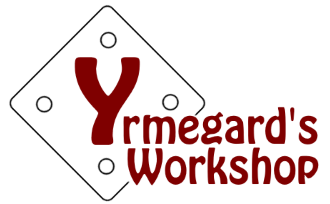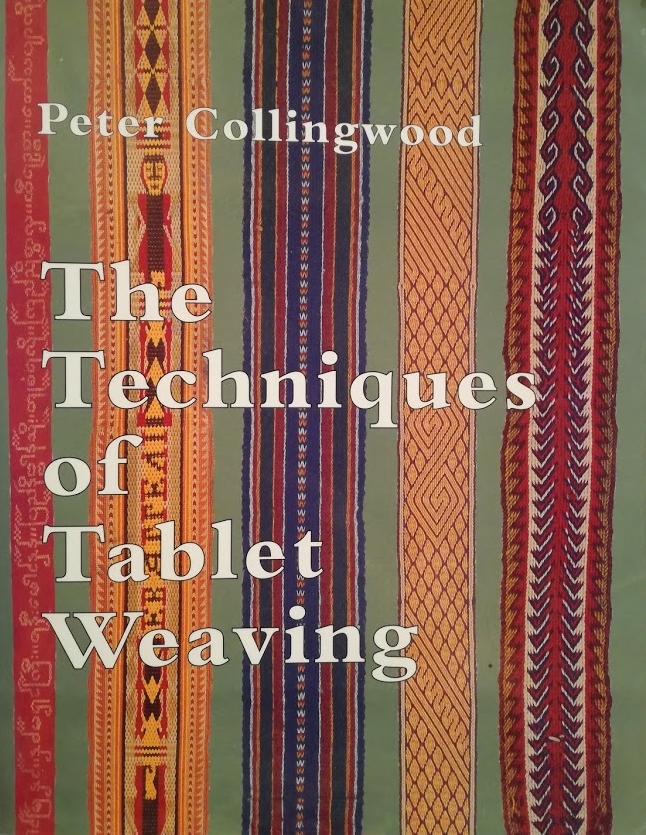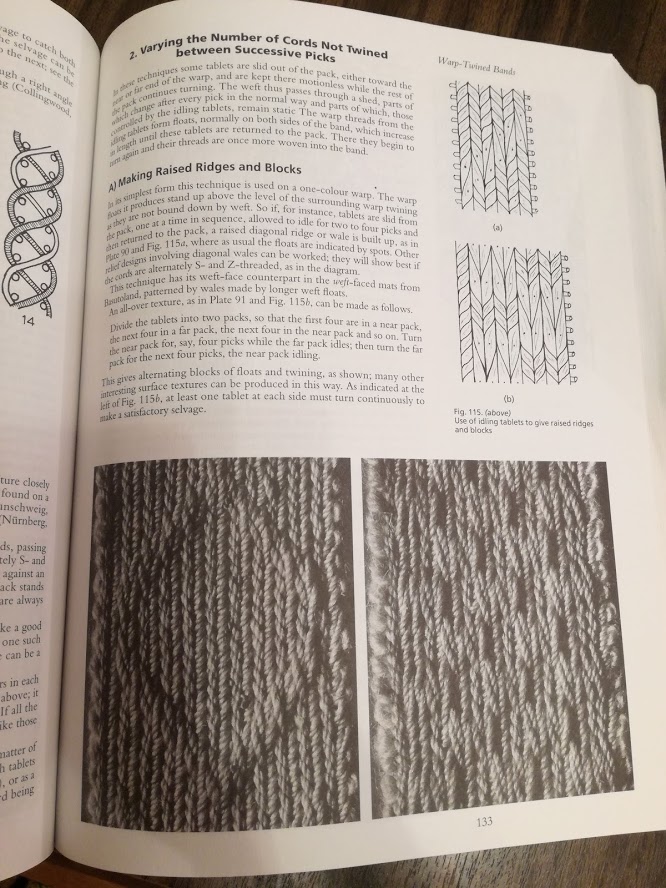Robin & Russ Handweavers, Inc., 2002
ISBN 1-56659-055-8
first edition:
Faber and Faber Limited, 1982
It wasn’t too long ago when any request for recommended literature on tablet weaving when you need something more than basic would produce this book as the first suggestion in 9 cases out of 10. Until now, it is still among the first three suggestions. With almost only super-positive reviews, this book has been labeled the Bible of Tablet Weaving. The discussions in topical groups would often include references like TTW02-pl-fig marking the title of the book, the year of publication, followed by either table or figure number.
Peter Collingwood devoted a large part of his long life (1922 – 2008) to research of various textile techniques. Several of his books – The Techniques of Rug Weaving, The Techniques of Sprang, The Techniques of Tablet Weaving and others – sold in large numbers. One of the reasons was certainly the fact that Peter was, above all, a practitioner, and everything he wrote about had been researched and tested by himself many times over. All books are illustrated with photos of his own work. Until his passing, he organized exhibitions and master classes and was known as an open person who was always ready to help or just have a chat about textiles. You can read different people’s memories about him here.
The Techniques of Tablet Weaving was first published in 1982. Copies of the first edition are offered for sale at a crazy price, and new reprints are not easy to buy either. Peter used to sell his books through his website, but his children no longer do this.
Already the table of contents (table of contents in pdf format) is impressive. In 17 sections, the book provides a comprehensive overview of all necessary materials and tools, weaving preparation, and eight different weaving techniques. At the end, there’s a separate tutorial on how to create a similar structure without tablets. The historical introduction is also included, as well as a short catalog of techniques, a comprehensive bibliography and a discussion on the well-known “Ramses belt” leading to conclusion that, contrary to earlier theories, it was not tablet-woven.
The impression of this book depends a lot on what is expected from it. It is very difficult to sit down and read it as a book – it is not intended for that, there is too much technical information. It has to be referred to again and again, like an encyclopedia, to check on something or to find something new.
Those looking for a collection of historical patterns with clear weaving instructions will be disappointed though. The historical information in the book is not comprehensive, just includes a discussion on the oldest known items, followed by a few examples of written sources that mention tablet weaving, and a general chronological list of tablet woven items pre-dating 1000 AD. The list includes no references to other topics in the book or even to techniques. A few historical examples are mentioned here and there in the sections weaving techniques, but they are few. Peter’s own variations are clearly marked.
It should also be said that when re-creating historical patterns, Peter does not follow archaeologically proven data, but relies on results of his practical experiments. This is probably the only downside of this book, which probably is not relevant to too many readers.
The preparation for weaving is described in great detail, with several options offered for many processes. Another large part of the book is dedicated to tablet manipulations, various ways to turn the tablets, and how it affects the warp and the structure of the band, all both described and drawn. Almost all drawings and diagrams by Peter himself.
The techniques, one per chapter, are not just described, but also shown on drawings, including the vies from the side. Numerous variations are offered in such a way that your hands are just reaching for the tablets to try them out. Yet these chapters are the most difficult to read because they are packed with technical terms. All descriptions are intended to help you understand the technique, and only then to achieve practical results. It is most useful for those who are already somewhat experienced and are looking to create their own structures and patterns, but it can be a bit intimidating for those just starting out and expecting a clear pattern diagram, not a theoretical explanation about the way the warp threads are twisting inside the band. No need to panic, of course, just come back to it after the basics is all clear.
One of the most exciting parts of the book gives instructions on how to achieve a structure similar to tablet woven without actually using tablets. Short descriptions are accompanied by diagrams that help explain the nature of all 8 techniques.
The amount of information packed into this book and its undeniable quality deserve deep respect. This book is over 40 years old, and we are only just starting to see new publications that could be compared to TTW in terms of tablet weaving theory. Historical and ethnographic data can be found elsewhere, this book is the best way to build the solid foundation for your weaving skills.


